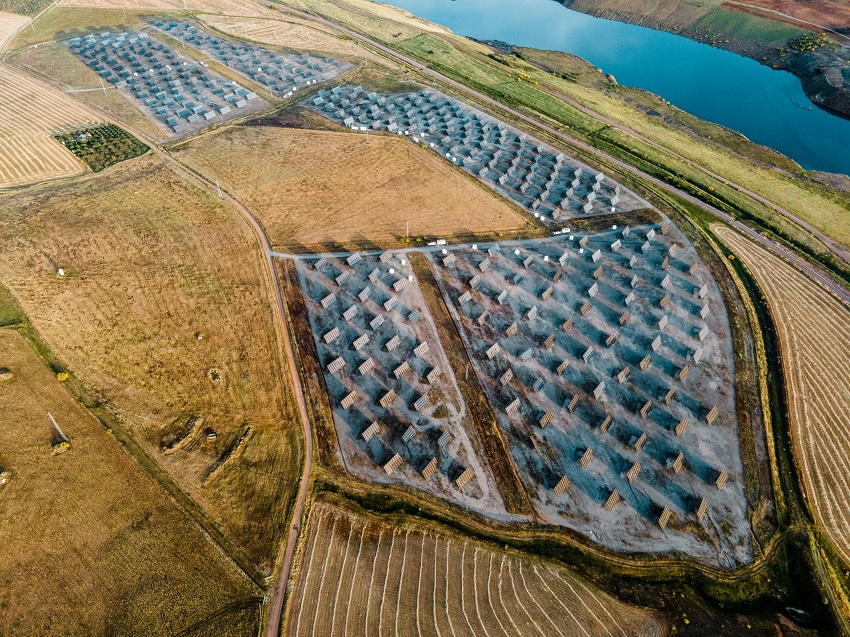
While not many people would deny the need for more solar farms, there has always been concern about the impact on local wildlife. This is partly because many solar farms are built in remote or rural areas. They take up a lot of space, which means there is always the potential for local wildlife to be affected.
However, there are fortunately plenty of ways for solar farms and nature to work together.
Agrivoltaics
Agrivoltaics are areas where the land around and even under solar panels is used for farming purposes. So, crops are grown around and under solar panels. Livestock can also graze in the area. These have proven to be beneficial in many parts of the world, ensuring space is used responsibly for energy and agricultural needs.
While agrivoltaics are an excellent innovation, they don’t necessarily address some of the concerns about more native wildlife. It is believed, though, that solar panels could be used in some natural habitats without endangering the local species. In fact, they may even benefit wildlife.
Solar panels in natural environments
It’s no secret that our wild landscape is disappearing. Protected areas such as national parks cover just 9% of the country. Even the clearing of land for agricultural purposes has impacted the natural habitat of Australian wildlife. So, how can solar farms and wildlife work together?
It is thought that solar panels in an agricultural setting can actually provide a welcoming habitat for wildlife. There are already solar parks in other parts of the world, and while research is ongoing, there appear to be many conservational benefits.
Solar panels in a natural environment can provide shelter for animals and even protection from predators. Animals can even use them for perching or nesting. Plus, because they are a new structure in that environment, they can provide varying levels of shade and sunlight.
There is still a lot of research going on in this field, but it really comes down to how these ventures are managed. With an environmental focus, there are definitely ways for solar farms and nature to work hand-in-hand. It’s a good thing too, because solar farms are part of a big push to save our planet from climate change, and we should do whatever we can to ensure these efforts don’t cause further damage to the wonderfully biodiverse land we live on.
Looking for solar panels for your home?
You might not be keen on building an entire solar farm, but if you’d like to explore residential solar and battery packages, Halcol Energy is here to help. Contact us today to find out more!
Source URL: https://halcolenergy.com.au/solar-news/solar-farms-and-wildlife-together/

